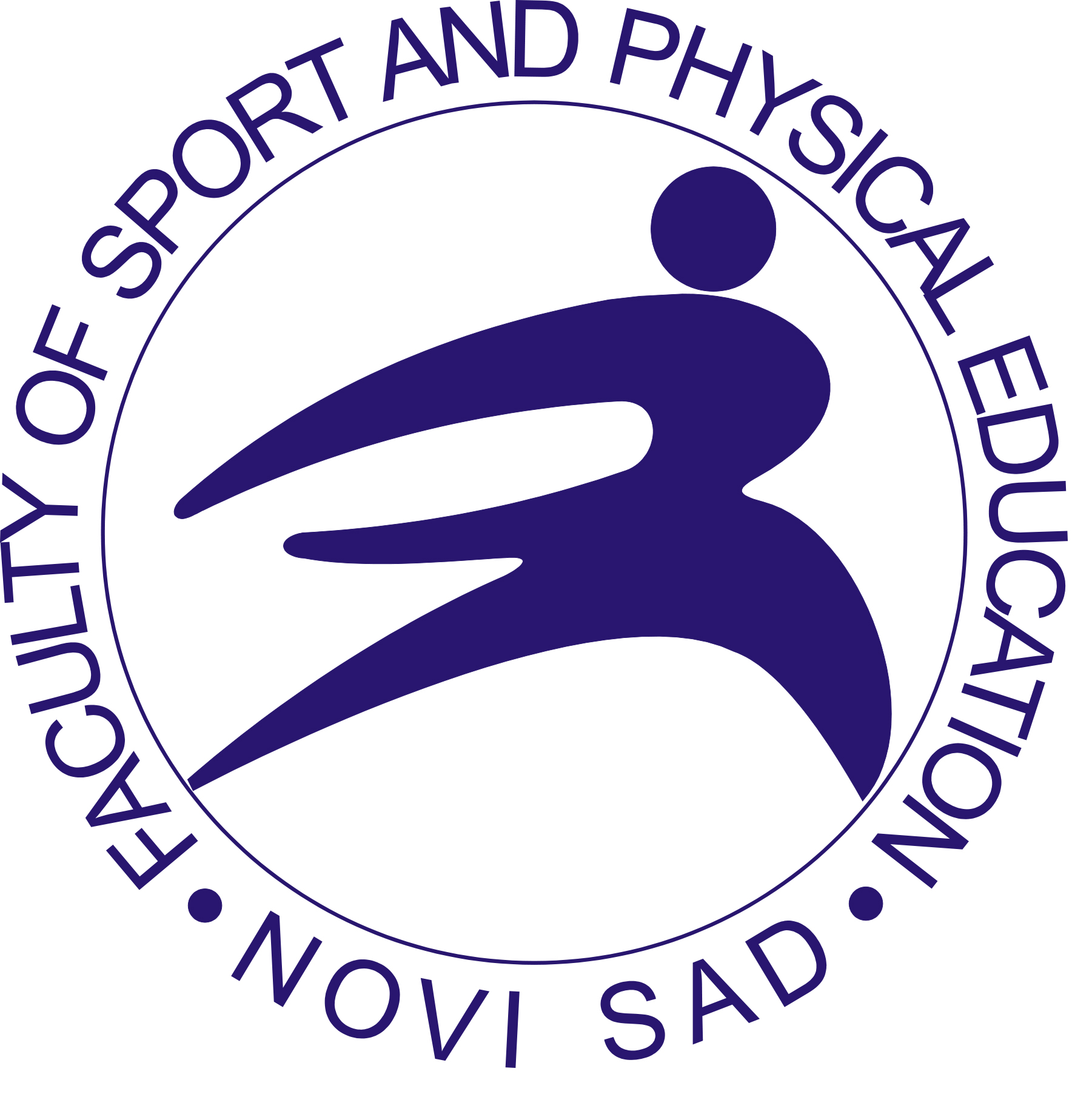
More articles from Volume 17, Issue 1, 2025
Effects of combined exercise program on happiness and life satisfaction on physically active older adults
Blood flow restriction endurance exercise and endurance performance in athletes
Quality of life and satisfaction with life among community-dwelling older adults based on their level of physical activity: Cross-sectional study
Comparison of the effects of isoinertial and traditional strength training in male tennis players
Acute effects of half-marathon and aronia juice on lipid and hematological parameters, muscle function and oxidative status in male runners
Interdependence of neck pain prevalence with neck disability and sleep quality among Nigerian seamstresses
 ,
,
Physiotherapy, School of Basic Medical Sciences, University of Benin , Benin City , Nigeria
 ,
,
Physiotherapy, School of Basic Medical Sciences, University of Benin , Benin City , Nigeria
 ,
,
Physiotherapy, School of Basic Medical Sciences, University of Benin , Benin City , Nigeria
 ,
,
Physiotherapy, Basic Medical Sciences, Redeemer's University , Ede , Nigeria
 ,
,
Human Kinetics and Sport Science, Education, University of Benin , Benin City , Nigeria
 ,
,
Public Health, Medicine, Edo Specialist Hospital , Benin City , Nigeria
 ,
,
Institute of Child Health, College of Medical Sciences, University of Benin , Benin City , Nigeria
 ,
,
PhysioCraft Allied and Health Services, PhysioCraft Allied and Health Services, PhysioCraft Allied and Health Services , Abuja , Nigeria

Physiotherapy, School of Basic Medical Sciences, University of Benin , Benin City , Nigeria
Abstract
Seamstresses, due to the nature of their profession, often face ergonomic challenges stemming from prolonged sitting, repetitive motions, and the adoption of awkward postures. These factors could affect sleep quality and contribute to an increased risk of musculoskeletal disorders, including but not limited to, carpal tunnel syndrome, neck and back pain, and shoulder strain. It seems necessary, therefore, to evaluate the association of neck pain prevalence with neck disability and sleep quality among Nigerian seamstresses. 169 participants of ages 18 and above with varying levels of experience were recruited using a convenience sampling technique. The measure employed has 4 sections containing socio-demographics, Nordic Musculoskeletal Questionnaire, the Sleep Quality aspect of the Pittsburgh sleep quality index and Neck Disability Index. Descriptive statistics such as frequencies, and percentages were used to summarize the data and provide an overview of the respondents’ prevalence of neck pain. Pearson’s Chi square was used to test the association of neck pain prevalence with sleep quality and neck disability at 0.05 alpha level. The lifetime and 12-month prevalence of neck pain were 83.4% and 73.4% respectively. 39 (23.1%) reported good sleep quality. About 45.6% of the respondents’ reported no neck disability. There is no statistically significant relationship between neck disability and the prevalence of neck pain (X2 = 6.416, p = 0.601). However, a significant relationship was observed between the prevalence of neck pain and sleep quality (X2= 4.411, p = 0.036). Seamstresses have a high prevalence of neck pain due to long hours of static positions. Poor sleep quality was also associated with neck pain. Nonetheless, there was no significant relationship between neck disability and pain prevalence, although, sleep quality, pain intensity, and neck disability are interconnected in the present study.
Keywords
References
Citation
Funding Statement
The authors received no specific funding for this work.
Copyright

This work is licensed under a Creative Commons Attribution-NonCommercial-ShareAlike 4.0 International License.
Article metrics
The statements, opinions and data contained in the journal are solely those of the individual authors and contributors and not of the publisher and the editor(s). We stay neutral with regard to jurisdictional claims in published maps and institutional affiliations.
























